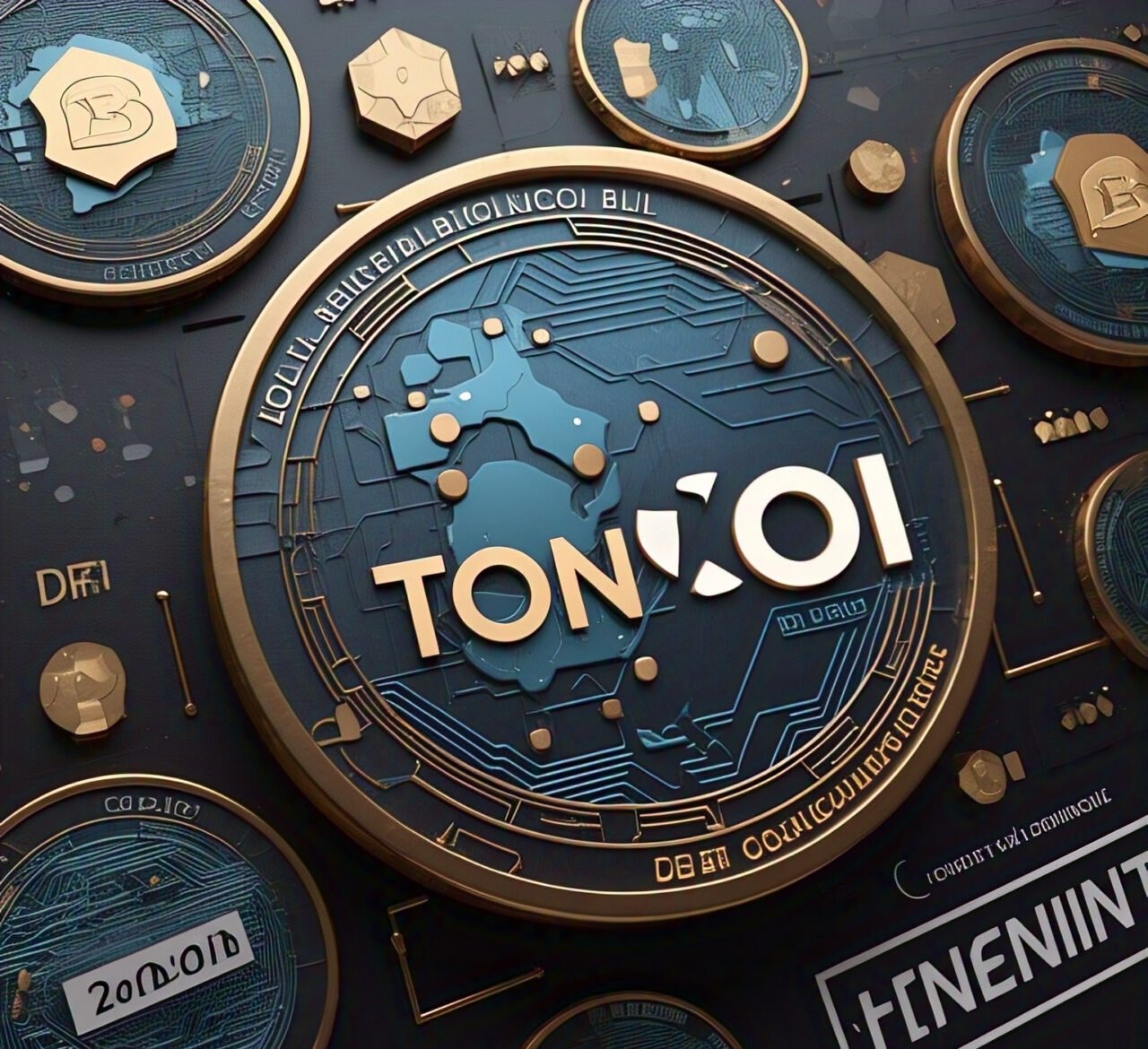Toncoin: Revolutionizing Blockchain with Scalability and DeFi

The realm of Cryptocurrencies has been overflowing with a wide range of digital assets in recent years, each with unique qualities and diverse application uses. Among them, Toncoin (TON) is one of the most fascinating and innovative blockchain ideas available. Originally created by the staff behind the Telegram messaging program, Toncoin has garnered immediate interest for its high scalability, decentralized nature, and integration with widely used systems. From its beginnings and technical basis to its potential applications and future developments, this paper provides an overview of everything you need to know about Toncoin.
Telegram’s TON Blockchain Journey
With over 700 million users worldwide, Telegram is one of the most used messaging apps. Cis is closely tied to Pavel Durov, the founder of Telegram, and his colleagues set out in 2018 to create a blockchain-based system capable of supporting scalable distributed apps (dApps). The Open Network (TON), a blockchain designed for fast, secure, and scalable transactions, emerged from this effort.

Telegram’s participation in the project initially attracted significant interest, as its $1.7 billion initial coin offering (ICO) was targeted at building TON’s infrastructure. However, regulatory issues, notably from the U.S. Securities and Exchange Commission (SEC), prompted Telegram to abandon the project in 2020. Notwithstanding this setback, the open-source community continued to develop the TON blockchain under Toncoin. Today, it operates as a distributed and autonomous network, providing users with a robust and scalable platform for various applications.
Toncoin’s Scalable Blockchain Design
Fundamentally, Toncoin operates on a multi-layered blockchain design, with a focus on scalability and speed. TON utilizes a sharded design, unlike conventional blockchain systems, which typically rely on a single chain for transactions. By enabling parallel processing, this invention significantly accelerates transactions and reduces network congestion.
Additionally, Toncoin includes a Proof-of-Stake (PoS) consensus system, whereby validators are selected based on the token count they commit to the network. Unlike conventional proof-of-work (PoW) models used by cryptocurrencies such as Bitcoin, this system ensures decentralization and energy efficiency.
Designed to process millions of transactions per second, the TON blockchain is essential for meeting the growing demand for decentralized applications (dApps), decentralized finance (DeFi), and other blockchain-based products.
Toncoin: Enabling DeFi and dApps
Although Toncoin’s origins are directly related to Telegram, its possibilities extend far beyond serving as a payment method within the messaging service. The TON blockchain ecosystem supports many different applications, including:
Toncoin is essential in the growing universe of DeFi, enabling safe and quick peer-to-peer transactions. Users of distributed exchanges (DEXs) and lending systems built on the TON blockchain can participate in various financial activities without relying on conventional intermediaries. Toncoin appeals to DeFi developers due to its low transaction fees and scalability.
Additionally, TON’s architecture is perfect for hosting distributed apps. Using Toncoin, developers can create decentralized applications (dApps) that function without centralized servers, thereby offering enhanced security, privacy, and censorship resistance. This makes it a desirable option for developers seeking to develop programs compatible with the decentralization concept.
The low costs and quick transaction speed of Toncoin make it a good choice for microtransactions, which are particularly crucial in the digital economy. For in-game transactions, tipping content providers, or overseas money transfers, Toncoin provides a quick and reasonably priced way for modest payments.
Toncoin has also now joined the realm of non-fungible tokens (NFTs). As a competitive platform in the expanding NFT market, artists and creators can mint, purchase, and trade NFTs with excellent efficiency and minimal costs by utilizing the robust blockchain infrastructure of TON.
Toncoin: Scalability and Governance
Toncoin’s excellent scalability is one of its main benefits, a key differentiator from other blockchain systems. Toncoin’s scalability qualifies it for broad adoption and large-scale distributed applications, such as decentralized finance.

Low transaction fees are also a significant advantage. Toncoin is an interesting option for both consumers and developers, as its effective Blockchain architecture enables it to offer some of the lowest fees in the sector. Toncoin is the ideal solution for both retail consumers and companies, as it can facilitate transactions and operate at a competitive price. Toncoin’s distributed governance structure ensures that the community collaborates to make decisions regarding the network’s future, thereby fostering transparency and inclusivity. TON token staking allows validators to vote on updates and proposals, thereby creating a somewhat distributed ecosystem.
Final thoughts
Thanks in significant part to its strong technological basis and growing acceptance in many sectors, toncoin promises a bright future. Offering excellent scalability and minimal fees, Toncoin is poised to challenge other well-established cryptocurrencies, such as Ethereum and Binance Smart Chain, as the blockchain.
Toncoin’s adaptability and flexibility enable it to be a major participant in the distributed economy, given the continuous changes in DeFi, NFTs, and the broader blockchain sector. The future success of the project will largely depend on ongoing community-driven innovation, as well as its ability to expand its ecosystem to accommodate a broad range of uses.
